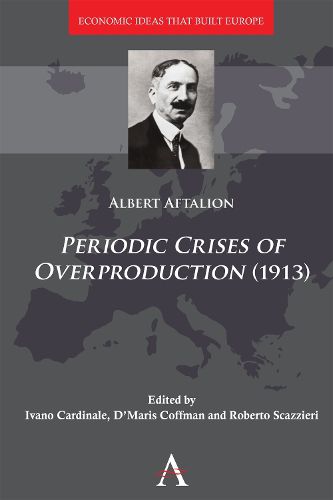Readings Newsletter
Become a Readings Member to make your shopping experience even easier.
Sign in or sign up for free!
You’re not far away from qualifying for FREE standard shipping within Australia
You’ve qualified for FREE standard shipping within Australia
The cart is loading…






The aim of Albert Aftalion’s Periodic Crises of Overproduction is to lay the analytical building blocks of a medium-term approach to the theory and policy of economic fluctuations. Aftalion builds his theory on a disaggregated (structural) representation of the economic system that overcomes the conventional micro-macro dichotomy. This analysis eschews both the explanation of crises in terms of cumulative processes triggered by long-term factors and that in terms of purely contingent mismatches and ruptures. Aftalion highlights features such as lack of synchronization between sectors, different time horizons between socio-economic groups, and dissimilar speeds of change between production and consumption units. His approach draws key analytical concepts (such as the accelerator principle) from a detailed investigation of the interdependencies and temporal asymmetries of an industrial economy. It is an enlightening complement to Keynes’ General Theory.
$9.00 standard shipping within Australia
FREE standard shipping within Australia for orders over $100.00
Express & International shipping calculated at checkout
Stock availability can be subject to change without notice. We recommend calling the shop or contacting our online team to check availability of low stock items. Please see our Shopping Online page for more details.
The aim of Albert Aftalion’s Periodic Crises of Overproduction is to lay the analytical building blocks of a medium-term approach to the theory and policy of economic fluctuations. Aftalion builds his theory on a disaggregated (structural) representation of the economic system that overcomes the conventional micro-macro dichotomy. This analysis eschews both the explanation of crises in terms of cumulative processes triggered by long-term factors and that in terms of purely contingent mismatches and ruptures. Aftalion highlights features such as lack of synchronization between sectors, different time horizons between socio-economic groups, and dissimilar speeds of change between production and consumption units. His approach draws key analytical concepts (such as the accelerator principle) from a detailed investigation of the interdependencies and temporal asymmetries of an industrial economy. It is an enlightening complement to Keynes’ General Theory.